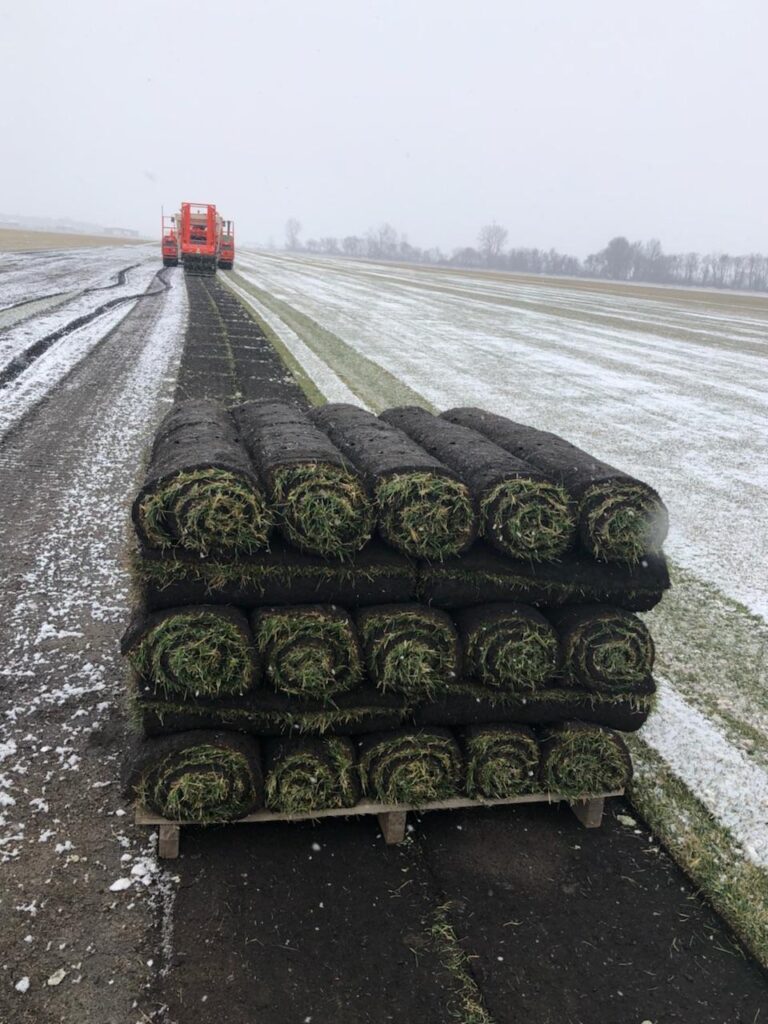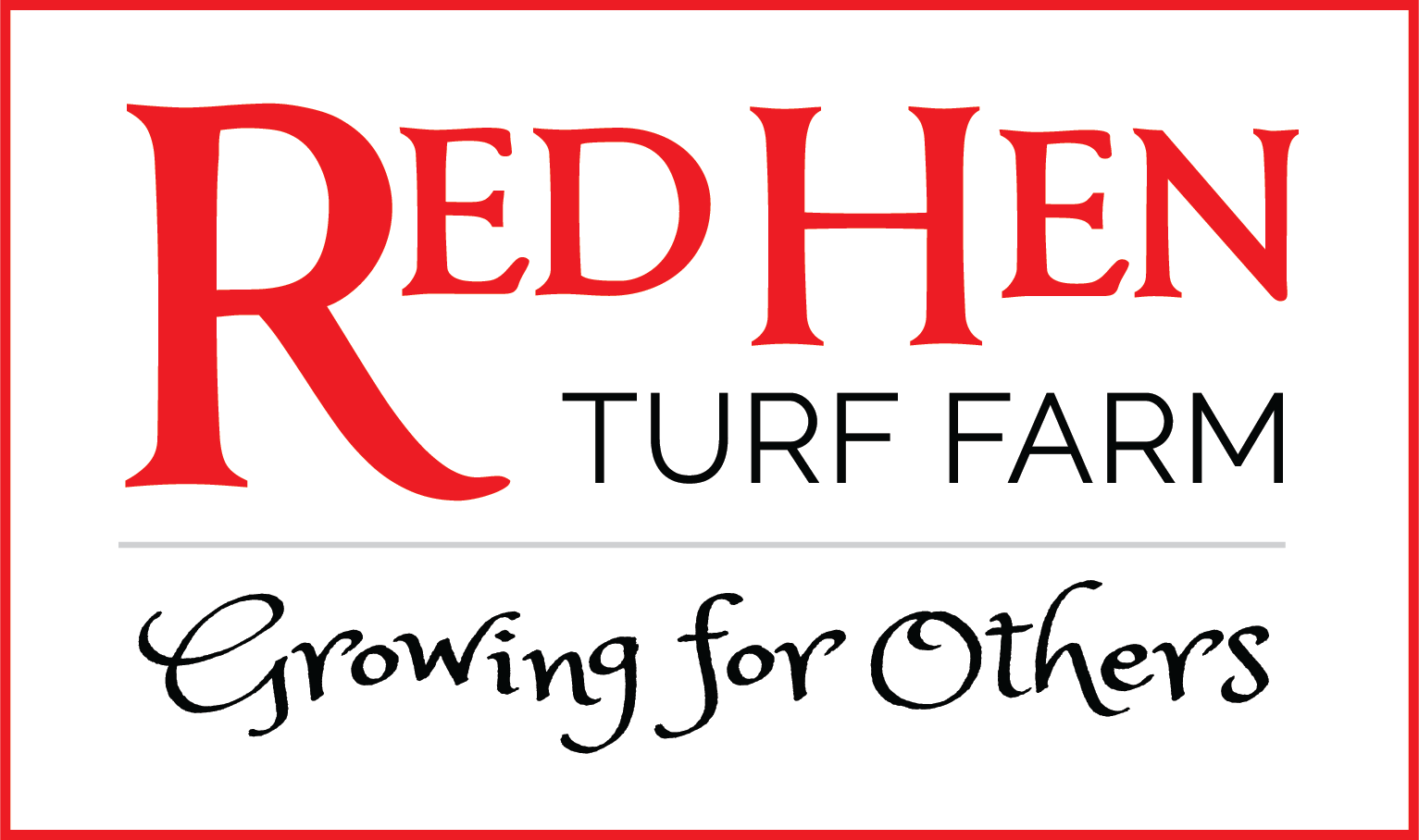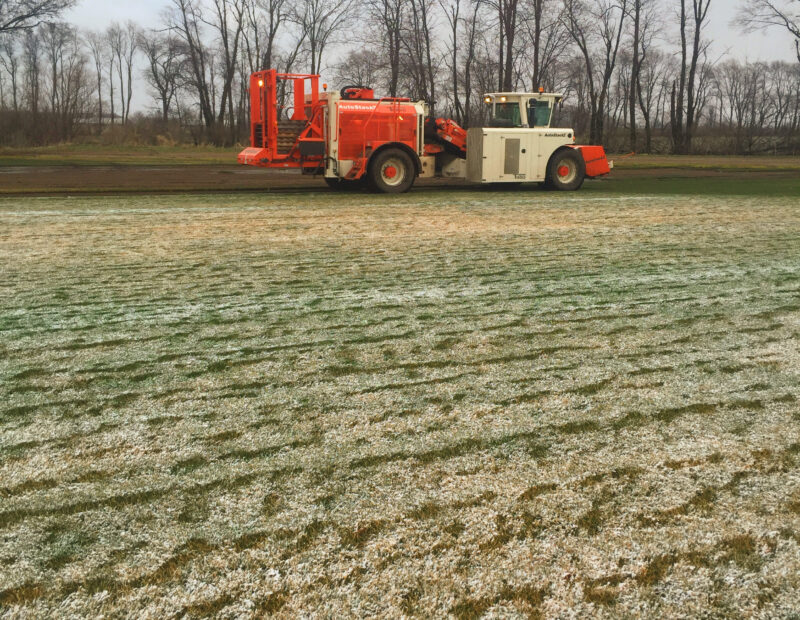
You’ve noticed that in the winter months, your lawn’s grass typically will turn brown, right?
This is a normal response to winter conditions — your grass has simply gone into a dormant or resting stage. Though your grass may look dead, it is alive and is waiting for the air and soil temperatures to rise in late March to early April. Once this happens, the turf color will begin to green up and start growing again.
So what can you do besides wait for warmer days?
Well, if your grass tips are brown, go ahead and mow them down. That’s right … By doing an early spring mowing and removing the brown tips off of your grass, this naturally brings out the greener grass blades, and it may even help to stimulate growth. While you’ll still need to plan on simply giving the grass more (WARMER) TIME to green up, a good mowing certainly won’t hurt, at any rate.
For an established lawn, remember to mow grass to 3 to 3.5 inches high, which makes it less prone to insect, disease, and weed problems.
In general, you should mow frequently, cutting off no more than a third of the height each time. Also, by mowing frequently and only when grass is dry, this will prevent clumping, and allow for leaving the clippings on your lawn. Save yourself time and money by NOT bagging or raking up your clippings. The grass clippings will break down and return valuable nutrients to the soil — in a way, it’s Mother Nature’s Free Fertilizer.
However, if you do end up with clumps of grass clippings, you will want to rake, bag, or mow again so they don’t smother / shade the grass.
What else can you do?
An early spring application of fertilizer may do wonders in speeding up the green-up of your lawn. As long as the ground is no longer frozen, so it’s a fine time to start off with either a Straight Fertilizer or a Fertilizer + Crabgrass Pre-emergent (Red Hen carries both options).
By around May 1st depending on when we start seeing consistent 60+ degree days, you may decide to treat for broadleaf weeds with a Fertilizer + Broadleaf Post-Emergent (again, Red Hen carries this option.)
TIP: Remember, if you’re planning on doing some Spring Grass Seeding, as a general rule you will want to keep any weed killers / herbicides away from those areas. The exception is a product like Tenacity or Meso – which can be used when seeding. Red Hen currently carries Meso.
Not sure what approach to take? Every year is different, and every yard is different… Give us a call at 574-232-6811, and we can chat about different options.
Understandably, every spring, we get a dozen or so calls from customers who sodded their lawns with Red Hen’s 100% Kentucky Bluegrass Sod, because they are worried about how UNGREEN their lawns are while their neighbors’ (non-Kentucky-Bluegrass) lawns are already coming out of dormancy and greening up.
Compared to the perennial ryegrasses and fescue grasses that are typical in our area, Kentucky bluegrass sod needs MORE time, MORE warmth, MORE sunlight, and MORE nutrients to GREEN-UP in the spring. This is simply a natural result of the genetics of many varieties of Kentucky bluegrass sod.
On the other hand, the superior genetics of Red Hen’s Kentucky Bluegrass sod gives it excellent disease tolerance against problems like leaf spot and summer patch. Kentucky Bluegrass is by far (in our opinion) the most beautiful cool-season grass you can buy.
Once your Kentucky Bluegrass fully greens up by mid to late May, its deep, emerald blue-green color and dense, low-growing boat shaped blades can’t be beat.
NOTE: Red Hen Turf Farm grows and harvests 2 types of sod! Our Kentucky Bluegrass Sod and our Turf-type Tall Fescue Sod. BOTH options have their key benefits. LEARN MORE HERE.
Questions? Give us a call at 574-232-6811 … Thanks from Cindy, Lisa, and Jeremy @ Red Hen Turf Farm
* * * * * * * * * * * * * * * * * * * * * * * *
PREFER TO LEARN AT YOUR OWN PACE? Purdue University Extension’s Turfgrass Program offers so much free information about homeowners’ lawn care. This is a fantastic science-based and regionally-focused resource you can feel confident about trusting. You can explore at https://turf.purdue.edu/homeowner.html … Here’s a small sampling of the MANY topics covered:
Establishing a Turf Area
Establishing Lawn Areas From Seed
Seeding a Turf Area in the Spring
Purchasing Quality Grass Seed for Your Lawn
Establishing a Lawn from Sod
Building a Backyard Putting Green
Maintaining a Home Lawn
Don’t Bag It
Irrigation Practices for Homelawns
Mowing, Thatching, Aerifying, and Rolling Turf
Fertilizing Established Lawns
Should I Hire a Professional Lawn Care Service?
Maintenance Calendar for Indiana Lawns
Maintaining Lawns on Sandy Soils
Animal Urine Damage in Turf
Weed Control
Control of Broadleaf Weeds in Homelawns
Control of Crabgrass in Homelawns
Identification and Control of Perennial Grassy Weeds
Disease Control
Turfgrass Disease Profiles: Gray Snow Mold
Turfgrass Disease Profiles: Pink Snow Mold
Turfgrass Disease Profiles: Brown Patch
Insect Control
Turf Insect Management
Japanese Beetles in the Urban Landscape
New White Grub Pests of Indiana
Protecting Pollinators from Insecticide Applications in Turfgrass
Moles
Pesticide Information
The Way to Spray
Pesticides and the Home, Lawn, and Garden
The Benefits of Pesticides: A Story Worth Telling
Article Updated: 04/10/2025

